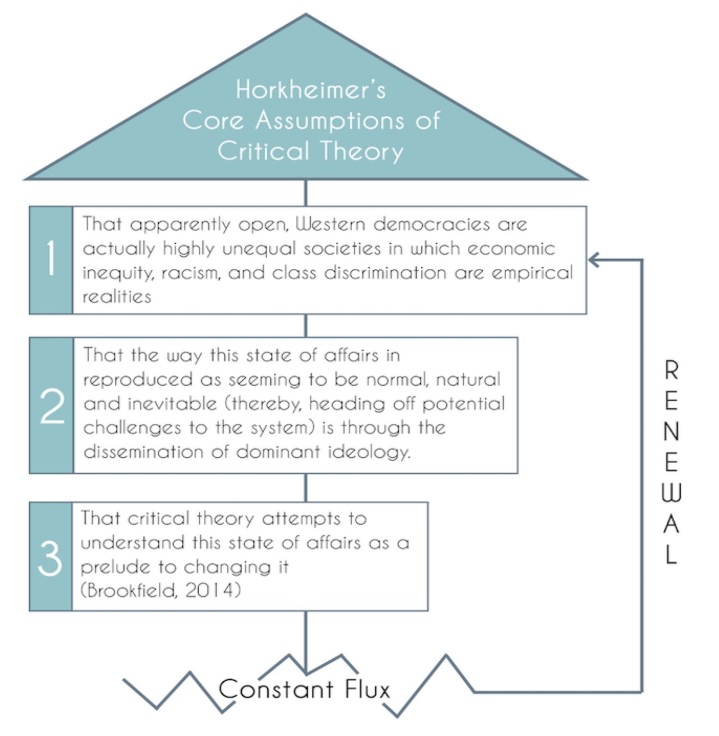Earlier in the education program I worked on a model presentation with some peers to represent an idea on Indigenous education. Together we chose our model to be the confluence of rivers, which represented the coming together of Western and Indigenous theories and principles in a modern classroom. This model is especially meaningful to me as I have spent my entire adult life in Prince George, which lies on the traditional and unceded territory of the Lheidli T’enneh First Nation, which in the Carrier language means “The People from the Confluence of the River”.

This confluence is a larger metaphor for what I think is one of the biggest roles of the education system in reconciliation, which is elevating the memories, stories, and knowledge of Indigenous peoples to be seen as just as valid as Eurocentric/Western ideologies. We have a poor track record of using Indigenous content and ideas as a “tack-on” element, especially in Sciences. My goal is to have the First Peoples Principles of Learning underlying every lesson and assessment I do. Sometimes this will be explicitly stated, sometimes not, but the key here is understanding the context of everything we do in the classroom. No longer is it good enough to teach a lesson “because it’s in the curriculum”. Ask yourself every time, how does this honour the ways of knowing and being of our students? If it doesn’t, then how can we expect it to hold any water when we try to present it to a class?

One example of this coming together of theories can be seen in a paper by Dr. Dustin Louie (2020) that aims to combine Horkheimer’s Critical Theory and Blackfoot Epistemologies. Here are a few slides for background information and two key points from the paper that I think drive home how reconciliation can be done through the confluence of Western and Indigenous theory:


- Indigenous theories are sometimes put under the umbrella of Western philosophies, when they are separate ideas formed over millenia
- Confluence of Critical Theory and Indigenous Epistemologies does not require either to sacrifice their central philosophies, but rather act to enhance each other

The confluence of these theories creates a workable model that honours both theories, and in my opinion elevates them both. Together, much more is achieved than separate and alone. I’ll end with a quote from the author of the paper.
“The goal for reconciliation or any attempt to heal a fractured relationship is creating a space where both cultures can express who they are and still be heard and valued”
Dustin Louie
References
Brookfield, S. D. (2014). Foundations of critical theory. Advances in Developing Human Resources, 16(4):417–428.
Horkheimer, M. (1982). Critical theory. New York, NY: Continuum.
Louie, D. W. (2020). A Social Justice Teaching Framework: Blending Critical Theory and Blackfoot Epistemologies. Interchange, 51:179-197. https://doi.org/10.1007/s10780-020-09395-0